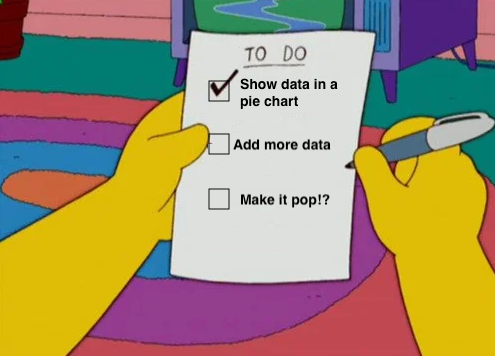Building Technical Leadership: The Role of Principal Engineer at Facet Digital
At Facet Digital, we believe that outstanding software engineering goes beyond writing great code. It’s about building technical leadership and nurturing technical leaders who can drive innovation while upholding the high standards our clients expect. Today, we share our perspective on one of our most crucial leadership roles: the Principal Engineer.
Evolution of Technical Leadership
When we founded Facet Digital, technical leadership resided solely with the founding partners, Scott and Jeremy. As we’ve grown, we’ve carefully designed our leadership structure in order to scale our ability to consistently deliver superior results. Our Principal Engineer role represents a critical piece of this. It’s a position we’ve intentionally developed to maintain our rigorous standards while expanding our impact and building technical leadership across the organization.
Beyond the Staff Engineer
A Principal Engineer at Facet builds upon the foundation of our Staff Engineer role. For context, here’s how we define these positions in our internal handbook:
"A Staff Engineer is a senior technical contributor who works on complex projects, often leading efforts in their area of expertise without the direct management of teams. They are highly skilled engineers who influence technical decisions and mentor other engineers. The role is more hands-on and focused on specific technical challenges compared to the Principal Engineer, who often has broader responsibilities."
The Principal Engineer role takes this further:
"A Principal Engineer is a senior individual contributor with broad technical influence across the company. They work on the most critical projects, drive innovation, and set engineering standards. While similar to a Staff Engineer, a Principal Engineer typically has a wider scope, often impacting multiple teams or the entire engineering organization, and they may take on some strategic responsibilities without having direct reports."
Impact Across Projects
One of the unique aspects of our Principal Engineers is their ability to influence quality and innovation across multiple projects. As a client, even if your project team doesn’t include a dedicated Principal Engineer, you benefit from their oversight and guidance through:
- Technical standards and best practices they help establish
- Architectural reviews and guidance
- Cross-project knowledge sharing
- Quality assurance and mentorship
Building technical leadership at Facet Digital also means equipping Principal Engineers with the tools and opportunities to shape the future of engineering within our organization.
Career Growth at Facet
For engineers joining Facet, the Principal Engineer role represents a clear path for career advancement. It’s a position that offers:
- Technical leadership without moving into management
- Broad influence across multiple projects and teams
- Exposure to wide variety of technologies, domains, and industries
- Opportunity to shape technical strategy
- Balance of hands-on development and strategic work
Looking Forward
As Facet continues to grow, we’re selectively expanding our Principal Engineer tier. Our recent internal promotion of one of our Staff Engineers into this role reflects both our commitment to growing talent from within and our high standards for technical leadership.
We’re always interested in connecting with engineers who aspire to this level of technical leadership or who have already demonstrated these capabilities in their careers. At Facet, you’ll find a culture that values technical excellence, thoughtful leadership, and continuous growth.
👋 If you’re interested in learning more about technical leadership opportunities at Facet Digital, or if you’re looking for a consulting partner that takes technical excellence seriously, we’d love to connect.











